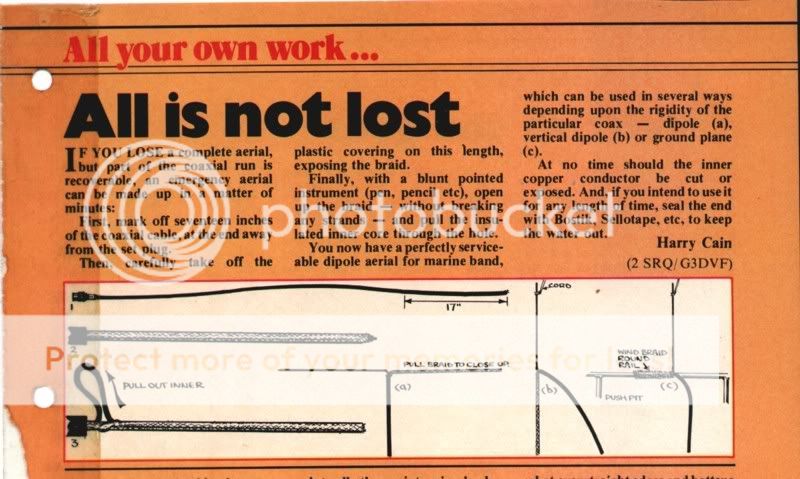BlueChip
Active member
I read somewhere that an emergency VHF aerial could be made by stripping some coax, and making a T with the core wire and shield.
Is this possible, how long would the T part need to be?
Is this possible, how long would the T part need to be?

